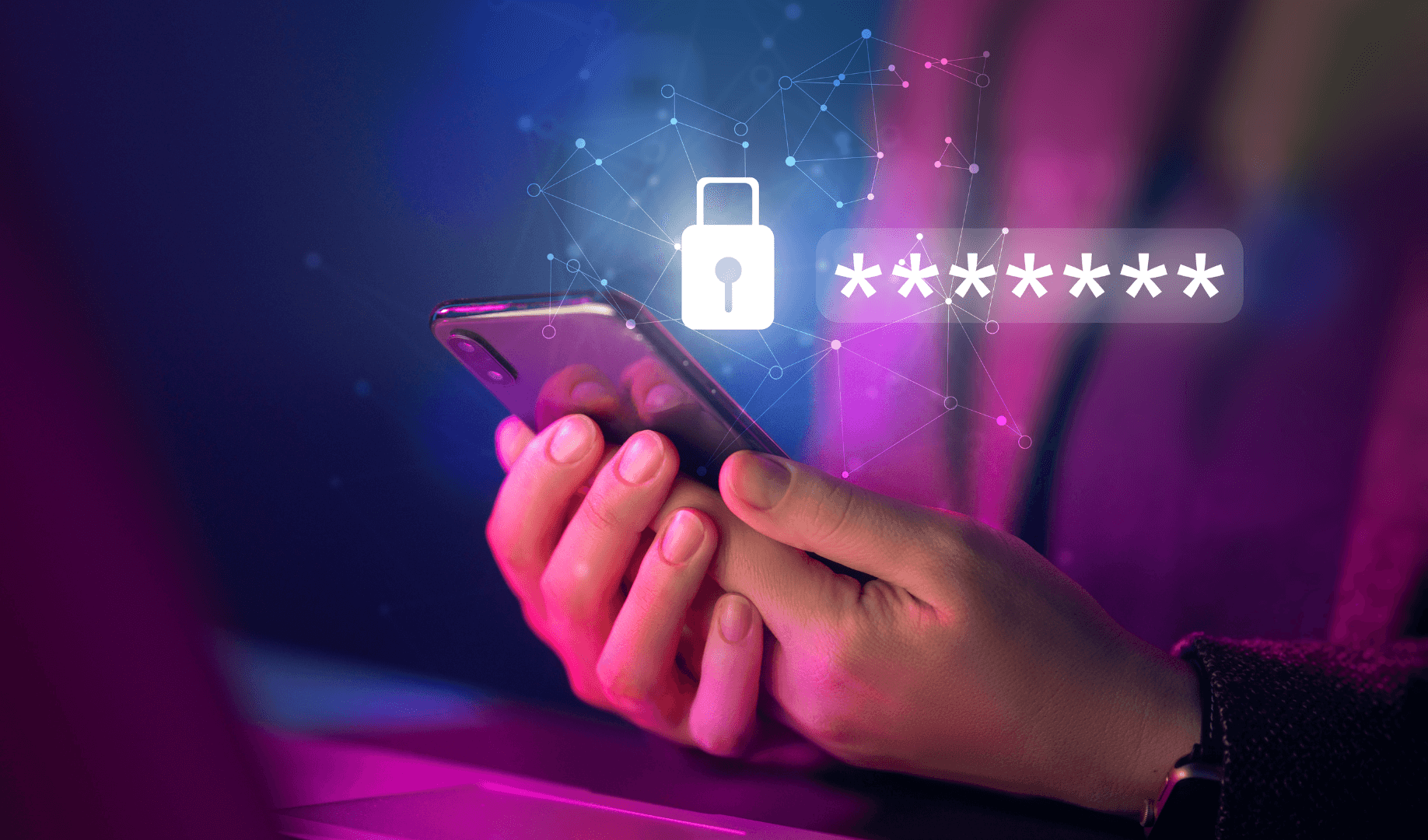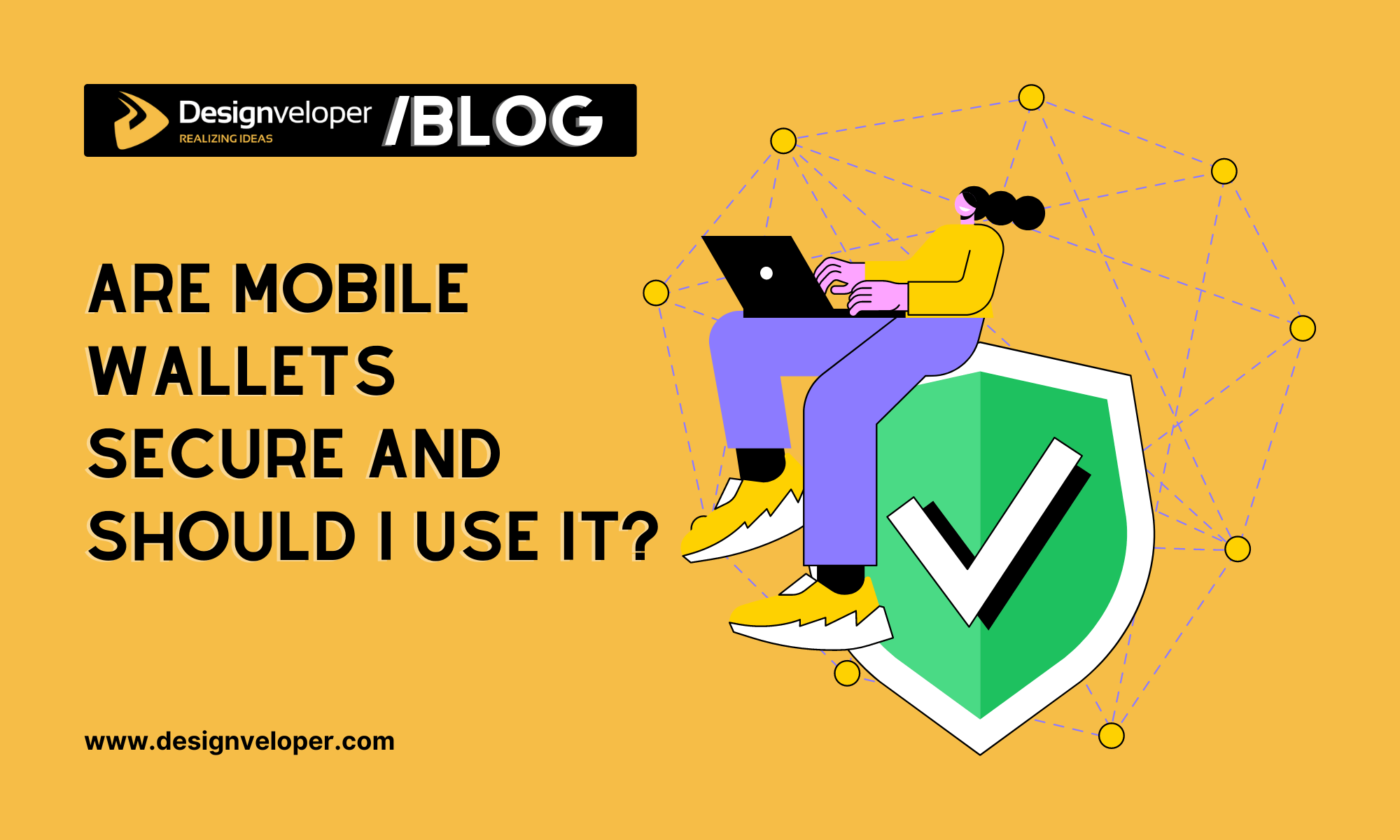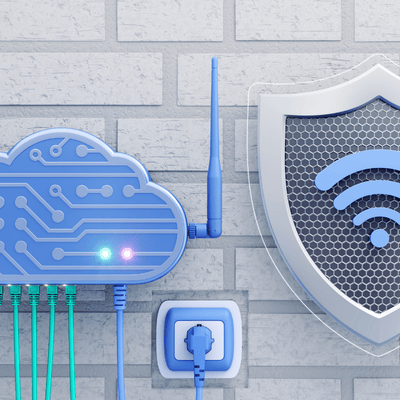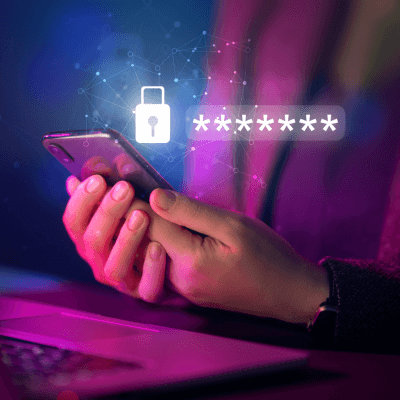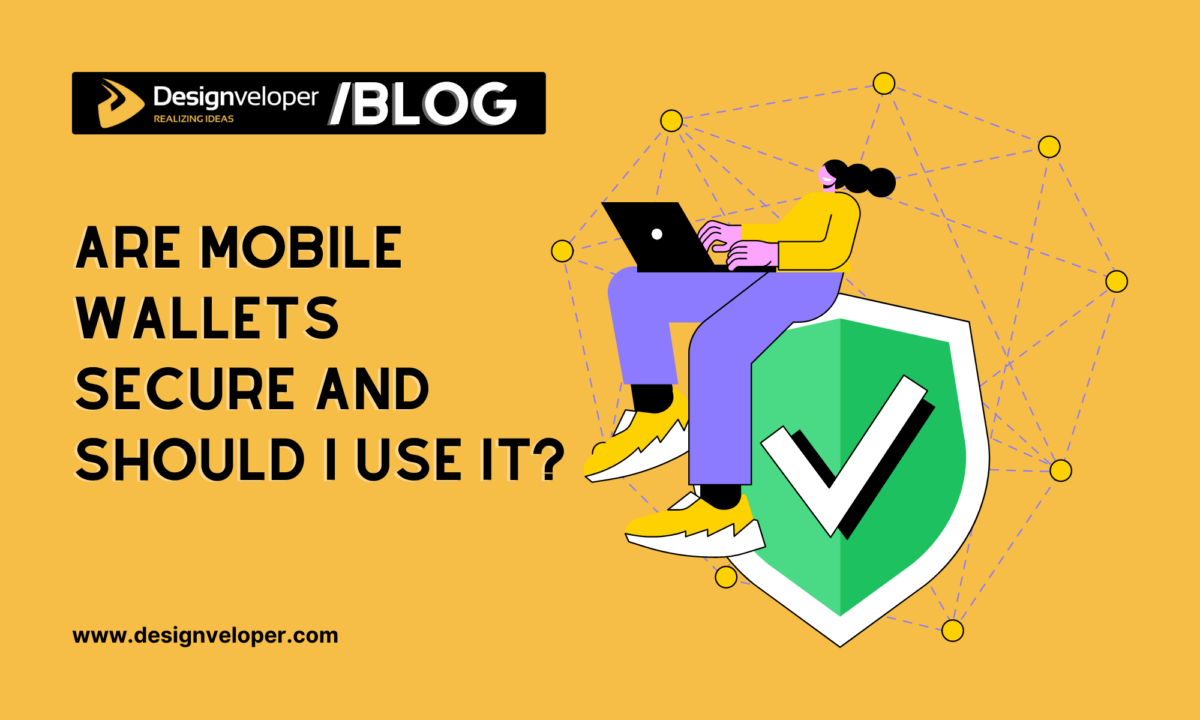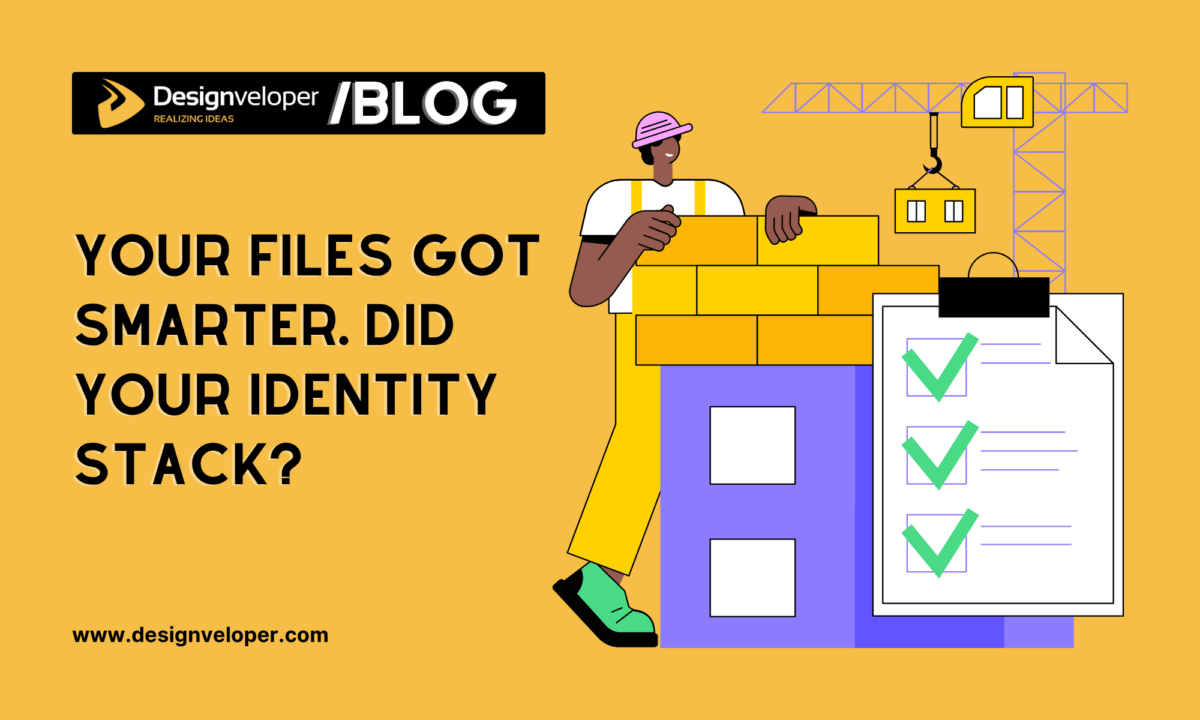
Mobile wallets have exploded in popularity as consumers tap their phones to pay. By 2024, mobile wallet usage grew over 100% from 2019 levels. Analysts project global users rising from 4.3 billion in 2024 to 5.8 billion by 2029. In fact, 72% of merchants today accept mobile/digital wallet payments. With so many people relying on apps instead of cash or cards, one question looms large: are mobile wallets secure? Evidence shows that modern wallets are built with strong safeguards, but new fraud techniques mean users must stay informed.
Rapid Growth of Mobile Payments
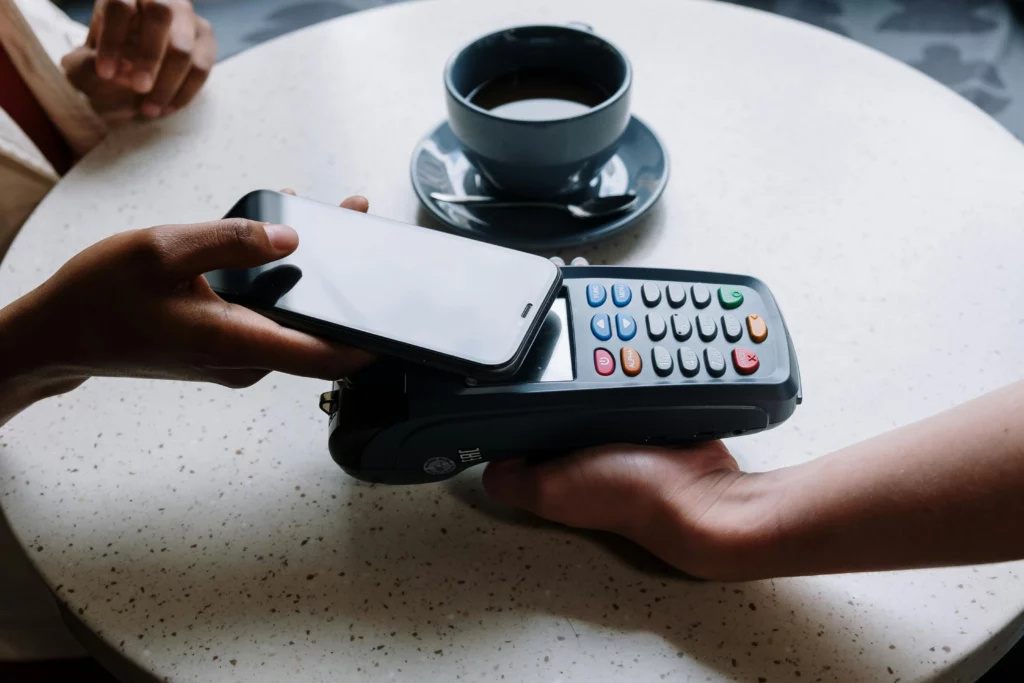
Mobile wallet adoption is soaring worldwide. In 2024, mobile wallet payments jumped by 105% compared to 2019. Projections show great growth ahead: by 2029, an estimated 5.8 billion people will use mobile wallets. The Asia-Pacific region leads this surge, but even North America and Europe are seeing sharp increases. This trend is evident in merchant behavior: 72% of online retailers now accept mobile/digital wallets as payment. In other words, what was once a niche feature is now a standard payment method. With this scale, questions about safety naturally come up often: Are mobile wallets secure? In short, mobile wallets include multiple security layers by design to keep payments safe.
FURTHER READING: |
1. How to Use Symbols and Shortcuts in Google Search |
2. Android vs iPhone Users: A Detailed Comparison in 2025 |
3. 11 SEO Tactics Tailored for Law Firms |
Strong Encryption and Tokenization
A key security feature of mobile wallets is tokenization. Unlike a physical card, a wallet never transmits your actual card number. Instead, it creates a unique token or device-specific account number for each card. For example, when you add a card to Apple Pay, the bank generates a “Device Account Number” that is stored in a tamper-proof hardware chip on your phone called the Secure Element. Each time you pay, Apple Pay uses a one-time dynamic security code along with that token. The actual card number never leaves your device. This means that even if a hacker intercepts the transaction data, they only see a useless token and code. Similarly, Google Pay, Samsung Pay, and other wallets use encryption and tokens to protect your information.
As an industry report notes, modern wallets use “enhanced security through biometric authorization and tokenization” to mimic the safety of a real wallet. In practice, strong encryption and tokenization ensure that stolen data from a breach cannot easily be used to make fraudulent purchases.
Multi-Layer Authentication and Device Security
Mobile wallets also rely on multiple authentication steps. To make a payment, the user must first unlock their device and the wallet app. This usually requires a passcode, fingerprint, Face ID, or another biometric check. Even if someone steals an unlocked phone, the wallet can be locked or wiped remotely to stop access. Research confirms that these layers work: device biometrics and tokenization make mobile wallets more secure than plastic cards. For example, your wallet app can require your phone’s fingerprint sensor plus a passcode. Banks often add one-time SMS or email codes when adding a new device. All together, these steps create a multi-factor defense that is far harder for thieves to bypass than a lost credit card.
Many mobile wallet systems also adhere to regulations (like Europe’s PSD2 strong-customer-authentication rules) that mandate at least two factors for payments. In short, mobile wallets force fraudsters to get past several hurdles – a far higher bar than picking up an unsecured card.
Wallet Security in Practice
In real-world terms, wallet security means your data is split apart and shielded. For example, official documentation shows that Apple Pay never records your original card number; instead it stores only encrypted fragments on its servers, and the secure chip on your phone handles transactions. Likewise, Google Pay and Samsung Pay use similar hardware-backed token systems. These measures prevent merchants (and hackers) from seeing your actual card data. As one 2025 industry guide notes: “Fraud rates are lower with mobile wallets than cards, even when compared within the same card issuer”. In other words, all else equal, paying with a wallet is statistically safer than swiping or inserting a card.
New Threats and Fraud Trends
No system is completely invulnerable, and attackers constantly innovate. Recent reports highlight emerging threats. For example, security researchers described a new “Ghost Tap” attack in late 2024: malware on a phone can relay NFC signals so that stolen card details added to Apple/Google Pay can be used remotely. In this scheme, criminals trick victims into installing a banking trojan that captures login and OTPs; then they link the victim’s card to their own device via a legitimate NFC relay tool. The result: unauthorized transactions go through as if done on the victim’s phone, out of sight of anti-fraud checkst. This sophisticated hack shows that if attackers already have your card info and phone credentials, they can sometimes find a way.
Broader fraud statistics are concerning too. As mobile banking and payments have surged to 73% of all banking activity in 2023, so has mobile fraud. One report found that fraud from mobile devices jumped from 47% of total fraud in 2022 to 61% in 2023. Many of these scams come from social engineering: fake texts or calls tricking users, or malware sent by phishers. Consumers are very aware of this risk: a recent survey found 83% of consumers are worried about identity theft and fraud. In short, the ecosystem attracts fraudsters whenever money is moving. However, most of these incidents exploit the user (e.g. phishing to get a password), not a flaw in the wallet’s core technology. When mobile wallet security features are correctly implemented, they do mitigate much of the risk – which is why industry analysts emphasize that wallets are inherently safer than older methods.
Consumer Confidence and Perception
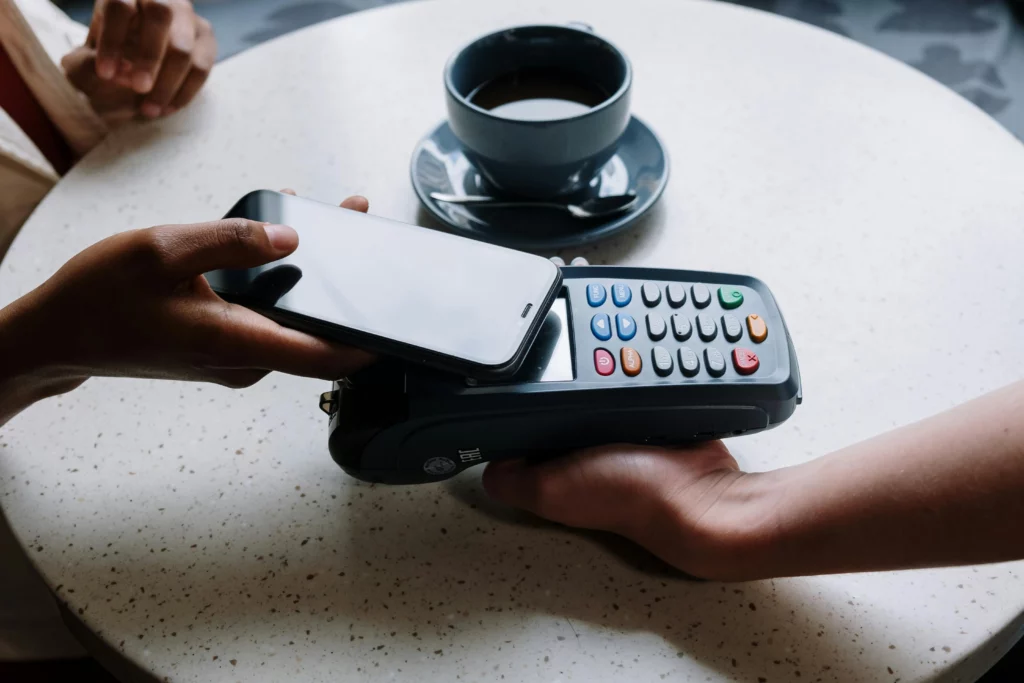
Despite news of fraud, consumer trust in mobile wallets is growing. Surveys show many users now regard tokenized wallets as safe. One payments study found that 82% of people choose payment methods they perceive as most secure, and it specifically noted that “mobile wallets, which offer tokenization, are also gaining traction as consumers seek safer payment alternatives”. In other words, having a secure wallet (often due to tokenization and biometrics) is a selling point. Confidence levels vary by demographic: for instance, urban users (58%) are more likely to say wallets are secure than suburban (43%) or rural (38%) users.
Overall, ACI Worldwide reports that public confidence in wallet security is fairly high – even higher than perceptions about plastic cards. Interestingly, the report notes that consumers’ confidence sometimes even underestimates the actual security level in these apps. That means most people could feel even safer about using mobile wallets, given all the built-in protections.
Designveloper’s Expertise in Secure Wallet Solutions

At Designveloper, we see these security measures in action whenever we build payment apps or mobile commerce solutions. We have been developing web and mobile software since 2013, and we know that a secure wallet integration is key to user trust. In fact, our team has over 50 skilled developers who focus on modern frameworks and security best practices. So far, we’ve delivered 100+ projects to 50+ satisfied clients, often for fintech, e-commerce, and education platforms. For each project, we apply industry-grade security: data in transit is encrypted, sensitive fields are tokenized, and app access requires strong authentication. We even offer dedicated Cyber Security Consulting to audit our clients’ products.
Our Numbers
For example, when we helped a financial startup launch a new mobile app, we integrated Apple Pay and Google Pay with strict protocols: we ensured the app used encrypted HTTPS, stored tokens in secure storage, and required fingerprint or FaceID on each transaction. We also set up monitoring so our client could immediately disable wallet features if a breach was suspected. Our goal is to make the digital wallet experience as seamless and safe as possible. Because we focus on security from the design phase onward, our apps meet global standards (like PCI DSS for payments).
We take pride in the numbers: over the years our team has logged 200,000+ work hours on projects, always aiming for fast, reliable delivery. We’ve worked with well-known clients (such as Joyn, Lumin, and Walrus Education) to build user-friendly apps that handle payments securely. As Designveloper, we answer the question “are mobile wallets secure?” from a practitioner’s view: Yes, when built correctly. We combine modern tech stacks (like Meteor, React, Node.js) with rigorous testing to protect end-users. Our clients trust us because we help them keep sensitive data safe, while also delivering the features customers want.
Conclusion
In 2025, mobile wallets can be quite secure, with advanced technology behind it. Your payment information is secure since it is encrypted, tokenized, and the card information is tied to the biometrics of the device. The reports in the industry always indicate that wallets are safer than traditional cards or cash. Meanwhile, fraud patterns are not to be forgotten: users and developers need to be cautious. The wallet users are still susceptible to phishing scams, malware attacks, and social engineering. The most effective protection is to maintain devices up to date, install official wallet applications, and never disclose passwords or one-time codes.
Overall, mobile wallets have several security layers, which render them very secure when utilized correctly. They are now a reliable method of payment as they are supported by encryption, secure hardware, and regular software updates. In addition, an experienced development partner such as Designveloper guarantees that any mobile wallet integration is carried out with utmost security. As long as there are good technical security measures and educated use, users in 2025 can safely take advantage of the convenience of mobile payments without excessive risk.






Read more topics
















